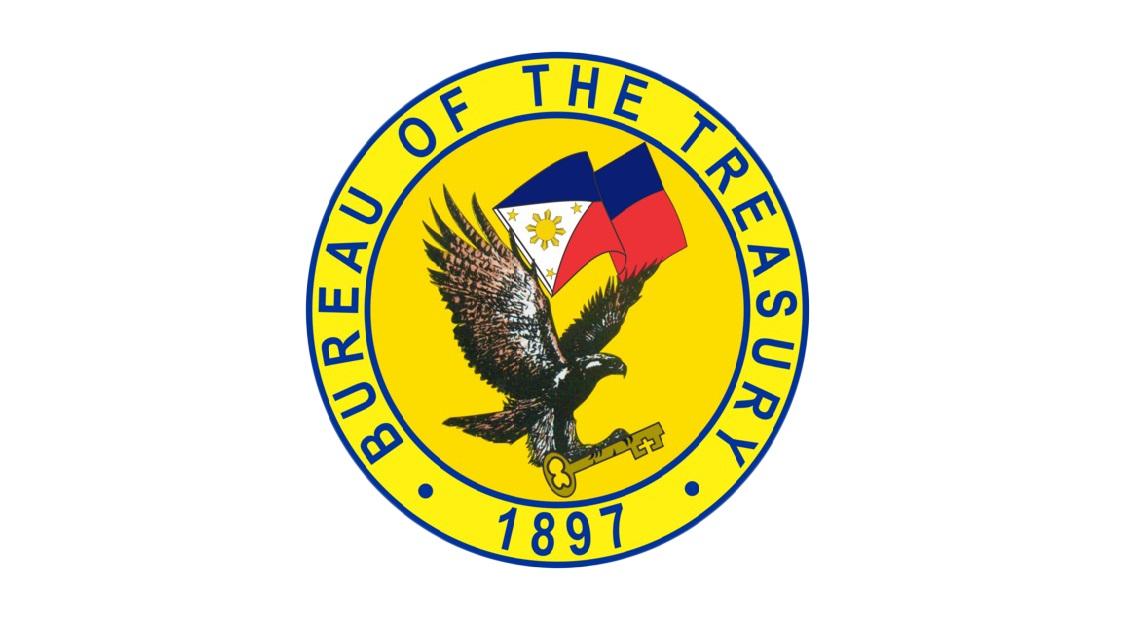Debt's share to PH economy down to 60.9% in H1 2024

The amount of the country’s debt stock relative to the size of the economy shrunk as of the first half of 2024, albeit still above the internationally accepted comfortable threshold of 60%, data released by the Bureau of the Treasury (BTr) on Thursday showed.
As of the first six months of the year, the country’s debt-to-gross domestic product (GDP) ratio stood at 60.9%, down from 61% as of end-June 2024.
For this year, the Marcos administration is targeting to hit a debt-to-GDP ratio of 60.6%.
Debt-to-GDP ratio measures the amount of the national government’s outstanding debt proportionate to the value of the economy during a specific period.
A lower debt-to-GDP ratio indicates that the country can pay off its debt without having adverse impacts on the economy.
The improved debt-to-GDP level in the January to September period came after the faster second quarter economic growth rate at 6.3%, from the upwardly revised 5.8% growth in the first quarter.
This brought the year-to-date GDP growth rate to 6%, falling within the government’s target of 6% to 7% for 2024.
Meanwhile, as of end-June 2024, the country’s running debt stock reached P15.48 trillion, up 9.4% from P14.15 trillion in the same period last year.
Of the total debt stock, 68.29% was sourced domestically while the remaining 31.71% came from external sources.
“The Philippines’ debt-to-GDP ratio has begun to decline from its post-pandemic peak of 60.9% in 2022 to 60.1% in 2023. The DOF targets to push this ratio even lower to below 60% over the medium term,” said Finance Secretary Ralph Recto.
On Wednesday, Recto said that the country’s sovereign debt could balloon to as much as P20 trillion by the end of President Ferdinand Marcos Jr.’s term in 2028.
The Finance chief, nonetheless, said that while the nominal debt continues to rise, the country’s economic growth would outpace the increase in debts.
He said that the Philippines economy could reach a value of P37 trillion by 2028, versus a projected debt stock of P20 trillion.
The rising debt levels, he said, reflects the government’s “conscious decision to run fiscal deficits to be able to accommodate growth-enhancing investments in infrastructure modernization, human capital development, and social protection while paying off the pandemic borrowings it inherited from the past administration.”
Due to the aggressive borrowing spree to fund response, relief, and cash aid efforts amid the COVID-19 pandemic, the country’s debt-to-GDP grew to 60.5% in 2021, higher than the 54.6% level in 2020.
Prior to the COVID-19 pandemic, the Philippines’ debt-to-GDP ratio reached a record low of 39.6% in 2019. — RSJ, GMA Integrated News




